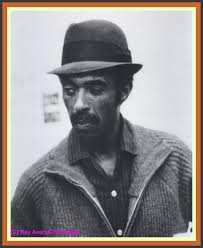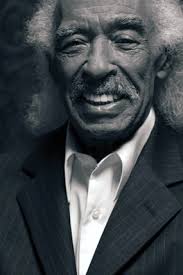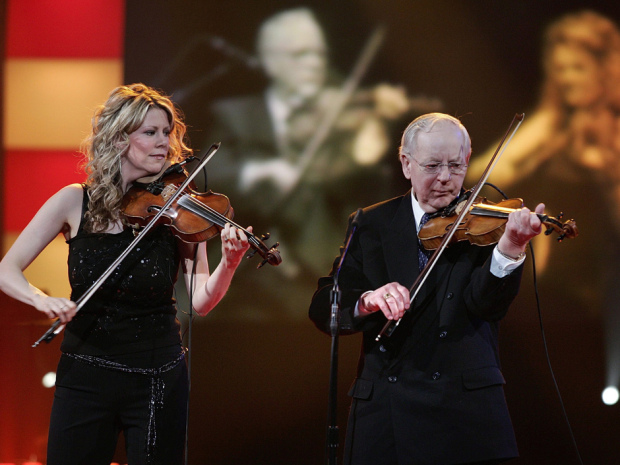The dropping of the atomic bombs on Japan at the end of World War II ushered in a new age and my generation is a child of that age. We have seen the horrific effects of the bomb, lived under the cloud of “mutually assured destruction” and witnessed the massive accident at Chernobyl and, more recently, the tsunami demolition of a nuclear power station in Japan. We are aware of the hazards of nuclear waste and how it will continue to accumulate with the current nuclear technology. It is not an understatement to say that we have a paranoid fear of anything nuclear and that includes “peaceful” development of nuclear energy. We are filled with “nuclear fear” and as a result research and development of nuclear power has been stalled for years. I believe the last nuclear power station to be built in North America was in the 1970’s and that was based on technology developed in the 40’s and 50’s. By today’s criteria that is very, very old technology.
The development of nuclear power stations was totally predicated on the need for weapons grade radioactive materials. As a result a whole industry has been developed to fill those demands. Research into alternative nuclear power flies in the face of military needs and the current Uranium based nuclear establishment has a strangle hold on the political process.
Alvin Martin Weinberg (April 20, 1915 – October 18, 2006) was an American nuclear physicist and administrator at the Oak Ridge National Laboratory during and after the Manhattan Project. He came to Oak ridge in 1945 and remained there until his death in 2006. He is virtually the God father of what is the accepted design of Light Water Reactors (LWR) for nuclear power generation. But that was not his final word on nuclear power station design. In response to a request by the American air force to match the American navy’s nuclear power capabilities he was asked to design a suitable nuclear power source for aircraft. A foolish request perhaps, and one that was ultimately cancelled, but it is one that led to the design of the Molten Salt Reactor (MSR). After 18 years as the director, Weinberg was fired by the Nixon administration in 1973. He was fired because he continued to advocate for increased nuclear safety and the adoption of MSR reactor designs to replace what he thought were design flaws in the LWR concepts. Weinberg’s firing effectively halted development of the MSR. Under various administrations some research and development continued sporadically over the years and the concept has been proven in a pilot plant that was built.
In discussions about Nuclear power what is forgotten is the fact that current power stations are based on designs that are over 50 years old. Is there any technology of that era that has survived without major redesign and, in most instances, actual replacement with bigger, brighter, more efficient designs? As we all know technology is currently rolled over at an ever increasing rate. So why not nuclear power designs? Current reactors are based on the use of Uranium 235 as the fuel source. This is a relatively rare, limited resource that is only utilized at about half of 1% efficiency. It produces significant amounts of radioactive waste materials that, as a disposal problem, have yet to be solved. And there is the spectra of nuclear proliferation always hanging the air (witness the paranoia associated with the Iranian efforts to develop peaceful nuclear power).
Thorium could be used as a nuclear power source. “What is Thorium? Thorium is a naturally occurring radioactive chemical element with the symbol Th and atomic number 90. It was discovered in 1828 by the Norwegian mineralogist Morten Thrane Esmark and identified by the Swedish chemist Jons Jakob Berzelius, who named it after Thor, the Norse God of thunder. Thorium produces a radioactive gas, radon-220, as one of its decay products. Thorium is estimated to be about three to four times more abundant than uranium in the Earth’s crust, and is chiefly refined from monazite sands as a by-product of extracting rare earth metals” – Wikipedia. (That last mentioned fact, extraction from rare metal earths, is a subject with profound economic implications for North America. Most of the rare earth extraction, development and subsequent expansion of high tech industries are occurring in China.) Thorium can be used as a fuel in Nuclear power plants. It is so abundant that it could power the world for thousands of years. It also offers a unique and innovative way of disposing of existing stocks of radioactive waste and spent fuels. Plutonium can be safely disposed of by being mixed with thorium, used as a nuclear fuel and “burnt up” in conventional Light Water Reactors. The Norwegian company Thor Energy is running a 5-year test program on mixed thorium-plutonium fuel at the OECD Halden Test reactor in Norway. Thor Energy is working to commercialize the fuel by 2020. The thorium fuel cycle has been successfully demonstrated in over 20 reactors worldwide, including the UK’s ‘Dragon’ High Temperature Gas Reactor which operated from 1966 to 1973.
China and India are investing heavily in Thorium reactors and will have prototype power stations on line in the next few years. In the meantime North America appears to be doing nothing. That is kind of ironic. The plans for the prototypes comes from old research efforts at the Oak Ridge Laboratory. No, they were not stolen in some clandestine spy operations. The Chinese asked for the designs and they were given free access to gigabytes of PDF files that they took back to China. In 2011 the Chinese government launched a $350 million program to develop thorium-fuelled molten salt reactors, with a goal of reaching commercial readiness by 2035. India is also pursuing a comprehensive thorium fuel plan with a first commercial thorium-fuelled reactor scheduled for 2025. It has large reserves of thorium which it plans to utilize in Prototype Fast Breeder Reactors, two of which are under construction.
Prosperity is based on access to cheap electrical energy (“every woman on the planet deserves a washing machine” – before you dismiss that as a frivolous comment just think about the implications click on the TED link). At the moment prosperity is based on cheap coal, natural gas and oil technology with the attending prospect of runaway pollution and global warming. Although the idea of alternative sources such and wind, tidal and solar are attractive the truth of the matter is that with the projected growth in energy demands these sources, while useful and advisable, will never fill the demand, and despite their attractiveness, they also come with environmental costs. How much of the earth can you “put under glass” (solar panels) and how many wind and tidal power stations can you spread across the landscape? Not enough to supply our needs. Having said that the options have to be explored and developed. You can’t have too many eggs and too many baskets.
If we want a sustainable energy source then Thorium would appear to be the answer. Despite the significant technical challenges that would have to be overcome the substantial safety and environmental advantages would make the effort worth while. As always, nuclear power requires “humungous” amounts of capital but given the political will it can be done. Just look at the capital that is being expended on the Alberta Tar Sands, Liquid Natural Gas developments and the proposed pipelines that can only take us in the wrong direction. Couldn’t that be better spent on a hydrocarbon free future? As always with a new nuclear option there will be cost over runs, political scandals, and long lead times. But do we really have any choice? The Thorium Nuclear Energy option may be too good to be true but the whole scenario looks more hopeful than the alternatives. So perhaps we should go for it at an accelerated pace. The Chinese, Indians and Norwegians seem to think so.
I have freely plagiarized numerous sources and for that I apologize. There is so much information out there and I encourage you to check the YouTube videos and the Wikipedia entries to become fully informed. There is an absolute landslide of information out there – click on the following links:
Thorium and the Rare Earth issue – this examines the Rare Earth Metals issue and the potential surplus of Thorium for nuclear energy production.
Thorium Molten Salt Reactors – Why hasn’t development gone ahead – 36 minutes of tech talk.
Nuclear Energy and Climate Change –
Kirk Sorensen’s presentation – This is rather long but as a complete overview it is well worth the time.
I would also encourage you to check the related link that Dave Prinn put out there recently on Solar panels http://blog.petflow.com/this-invention/
@@@@@@@@@@@@@@@








